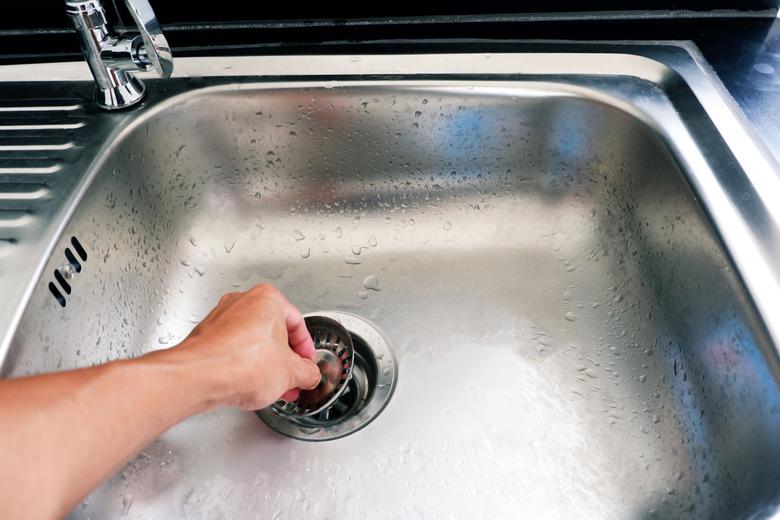How To Remove Silicone From A Stainless Steel Sink
Silicone caulk is an essential part of any sink. It helps protect the sink's edges and keep it watertight, which in turn makes it safer in your home. But silicone caulk can wear out over time. This tends to make a sink look old and worn out and can affect how watertight and safe it is. Silicone caulk can be replaced, but first, the older caulk needs to be removed safely and effectively.
What's Silicone Caulk?
Caulk is the substance used to fill in gaps around a sink to keep it watertight. Silicone is a type of plastic polymer that can be a popular choice for sink caulking. It's nonporous, which makes it ideal for adhering to other nonporous materials such as stainless steel.
Silicone caulk is also well known for being longer lasting than other caulking options, such as acrylic, rubber and latex. Silicone is the ideal caulk for areas exposed to a lot of running water, thanks to its flexibility, complete water tightness and longer life span.
Why Remove Silicone Caulk?
Despite its relative longevity in comparison to other caulks, even silicone caulk won't last forever, as Direct Sealants explains. Over time, silicone caulk can become loose, allowing water to get around its edges and cause damage to the surrounding areas. On top of this, silicone caulk can become discolored over time. This is primarily a cosmetic issue, but old, discolored caulk can give the impression of a worn-out and dirty sink, even when this isn't the case.
Silicone caulk is usually treated before application to prevent mildew, but over time, mildew can also start to creep in and contribute to a dirty appearance. Rather than attempt to clean or fill in older silicone caulk, it's advised to simply remove the caulk and apply a fresh new layer to restore your sink to its former glory.
How to Remove Silicone Caulk
There are two primary ways to remove silicone caulk from your sink — using physical or chemical methods. If you wish to use chemicals to make the process easier, Connecticut Stone recommends soaking the caulk in acetone before you try to remove it.
Some are concerned about using harsher chemicals like this, particularly on a sink that's used in food prep like a kitchen sink. If that's the case, you can use something food-safe like white vinegar to soak your caulk — although it'll probably take longer to work than acetone. You can also skip this step entirely and just use physical methods to remove silicone from your stainless steel sink.
Next, you'll want to use a razor blade or putty knife to begin scraping the silicone caulk off. If you're struggling to get the caulk loose, Home Repair Tutor recommends heating it with a hairdryer first. The Plumbing Info recommends wetting the caulk with water before you attempt to remove it, as wet caulk is more malleable than dry caulk. You must gently but firmly use your knife to lift and scrape the caulk away.
Once you're happy it has all been taken off, it's a good idea to clean the area thoroughly to remove germs or dirt left behind from the old caulk. You can then thoroughly dry your sink's edges and go back in with fresh caulk.
